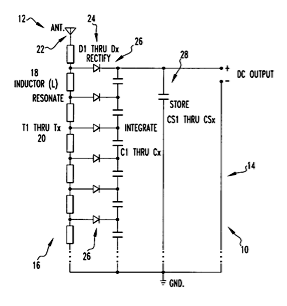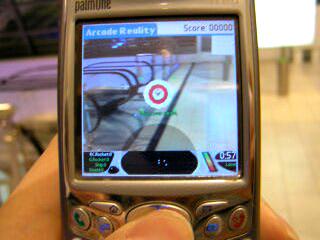
Sunglasses company Rodenstock presented Informance, a “design study for the spectacles of the future” at this year’s OPTI trade fair in Munich. Made in conjunction with UK-based Cambridge Consultants, these are a pair of sunglasses with a 160 x 120 pixel head-up-display embedded in the glasses. The design looks similar to the prism-in-glasses approach that MicroOptical (now Myvu) did about 10 years ago.
One of the big problems with the old in-glasses-style MicroOpticals was that the field-of-view was small enough that you really needed a custom fit to put the display in the right location, and even then it was hard to use when walking or running. MicroOptical’s display was at the center rather than the edge of the glasses, which may make a difference — given that Rodenstock intends athletes to use this to see heart-rate, time, etc., I certainly hope so.
(via NewScientistTech via engadget via Fairyshaman)


